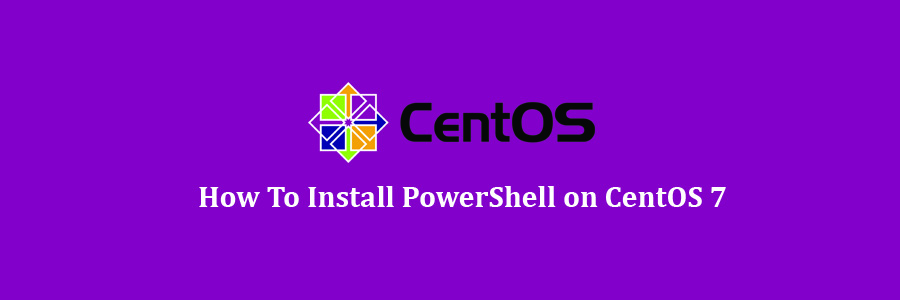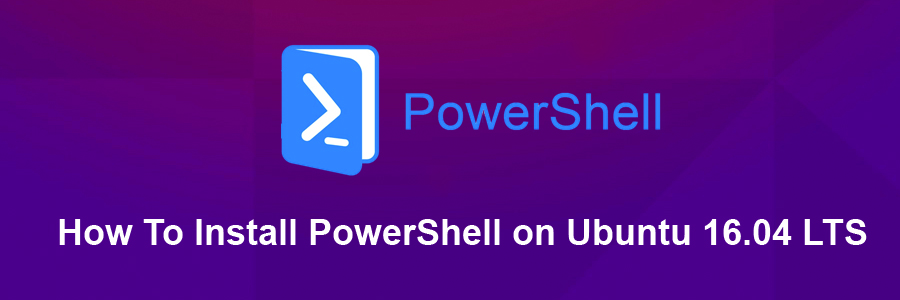PowerShell Core is a cross-platform (Windows, Linux, and macOS) automation and configuration tool/framework that works well with your existing tools and is optimized for dealing with structured data (e.g. JSON, CSV, XML, etc.), REST APIs, and object models. It includes a command-line shell, an associated scripting language and a framework for processing cmdlets.
Table of Contents
Step 1. First let’s start by ensuring your system is up-to-date.
Step 2. Installing PowerShell on CentOS 7.
Prerequisites
This article assumes you have at least basic knowledge of Linux, know how to use the shell, and most importantly, you host your site on your own VPS. The installation is quite simple and assumes you are running in the root account, if not you may need to add ‘sudo’ to the commands to get root privileges. I will show you through the step by step install PowerShell Microsoft on CentOS 7 server.
Install PowerShell on CentOS 7
Step 1. First let’s start by ensuring your system is up-to-date.
yum clean all yum -y install epel-release yum -y update
Step 2. Installing PowerShell on CentOS 7.
Method 1.
PowerShell Core for Linux is published to official Microsoft repositories for easy installation:
curl https://packages.microsoft.com/config/rhel/7/prod.repo | sudo tee /etc/yum.repos.d/microsoft.repo
Install PowerShell using following command:
sudo yum install -y powershell
Start PowerShell:
pwsh
Method 2.
Install PowerShell using RPM package:
yum install https://github.com/PowerShell/PowerShell/releases/download/v6.0.0/powershell-6.0.0-1.rhel.7.x86_64.rpm
Then execute the following in the terminal:
sudo yum install powershell-6.0.0-1.rhel.7.x86_64.rpm
PowerShell is installed, launch it with the help of following command:
powershell
Congratulation’s! You have successfully installed PowerShell on CentOS 7. Thanks for using this tutorial for installing PowerShell Microsoft on CentOS 7 systems. For additional help or useful information, we recommend you to check the official PowerShell web site.

